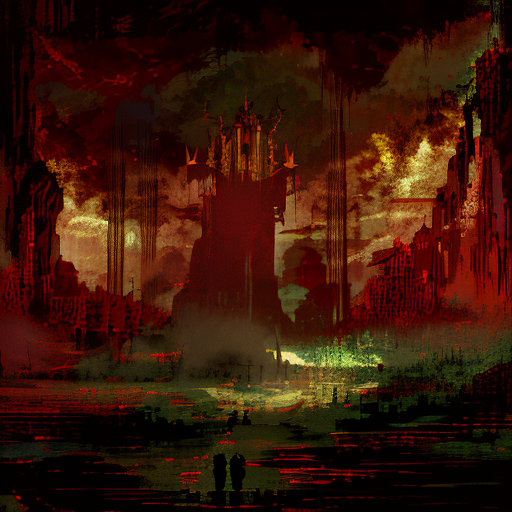One-line Summary:
King Lear, a tragic play by William Shakespeare, explores the themes of power, betrayal, and madness as an aging king’s decision to divide his kingdom among his daughters leads to disastrous consequences.
The Power Struggle
In King Lear, the central theme revolves around the power struggle between characters, both within the family and the kingdom. The play opens with King Lear deciding to divide his kingdom among his three daughters, Goneril, Regan, and Cordelia, based on their declarations of love for him. However, this decision sets off a chain of events that leads to chaos and destruction.
King Lear’s desire for power and control blinds him to the true nature of his daughters. Goneril and Regan, driven by their ambition, flatter their father with false declarations of love, while Cordelia, the youngest and most honest daughter, refuses to engage in such flattery. As a result, Lear banishes Cordelia and divides his kingdom between Goneril and Regan, leaving himself vulnerable and at their mercy.
Betrayal and Deception
Betrayal and deception play a significant role in King Lear, as characters manipulate and deceive one another for personal gain. Goneril and Regan, after gaining power, quickly reveal their true nature and mistreat their father, reducing his retinue and subjecting him to their cruel whims. The loyal Earl of Kent, disguised as Caius, remains by Lear’s side, trying to protect him from the treachery of his daughters.
Meanwhile, Edmund, the illegitimate son of the Earl of Gloucester, schemes to gain power and status by betraying his father and plotting against his legitimate brother, Edgar. Edmund’s cunning manipulation leads to the downfall of both Gloucester and Edgar, as they become pawns in his quest for power.
Madness and Redemption
Madness is a prevalent theme in King Lear, as characters descend into madness due to the chaos and betrayal surrounding them. Lear, driven to madness by the realization of his daughters’ true nature, wanders the stormy heath, accompanied by his Fool and the disguised Edgar. Through his madness, Lear gains insight into his own mistakes and the corrupt nature of power.
Similarly, Gloucester, blinded by his own son’s betrayal, experiences a metaphorical and literal blindness. However, his physical blindness allows him to see the truth and find redemption. Edgar, disguised as the mad beggar Poor Tom, guides his father and helps him come to terms with his past actions.
In the end, the play concludes with a tragic resolution, as Lear and Cordelia are captured by Edmund and sentenced to death. Despite Edgar’s efforts to save them, Cordelia is hanged, and Lear dies of a broken heart. The play ends with a sense of despair and the futility of power and ambition.
Key Takeaways:
- Power can blind individuals to the true nature of those around them.
- Betrayal and deception can lead to chaos and destruction.
- Madness can provide insight and redemption.
“The weight of this sad time we must obey; Speak what we feel, not what we ought to say.” – King Lear
In King Lear, Shakespeare delves into the complexities of power, betrayal, and madness, showcasing the tragic consequences that arise from these themes. The play serves as a cautionary tale, reminding us of the dangers of unchecked ambition and the importance of honesty and loyalty. Ultimately, King Lear highlights the fragility of human relationships and the devastating impact of betrayal and deceit.












